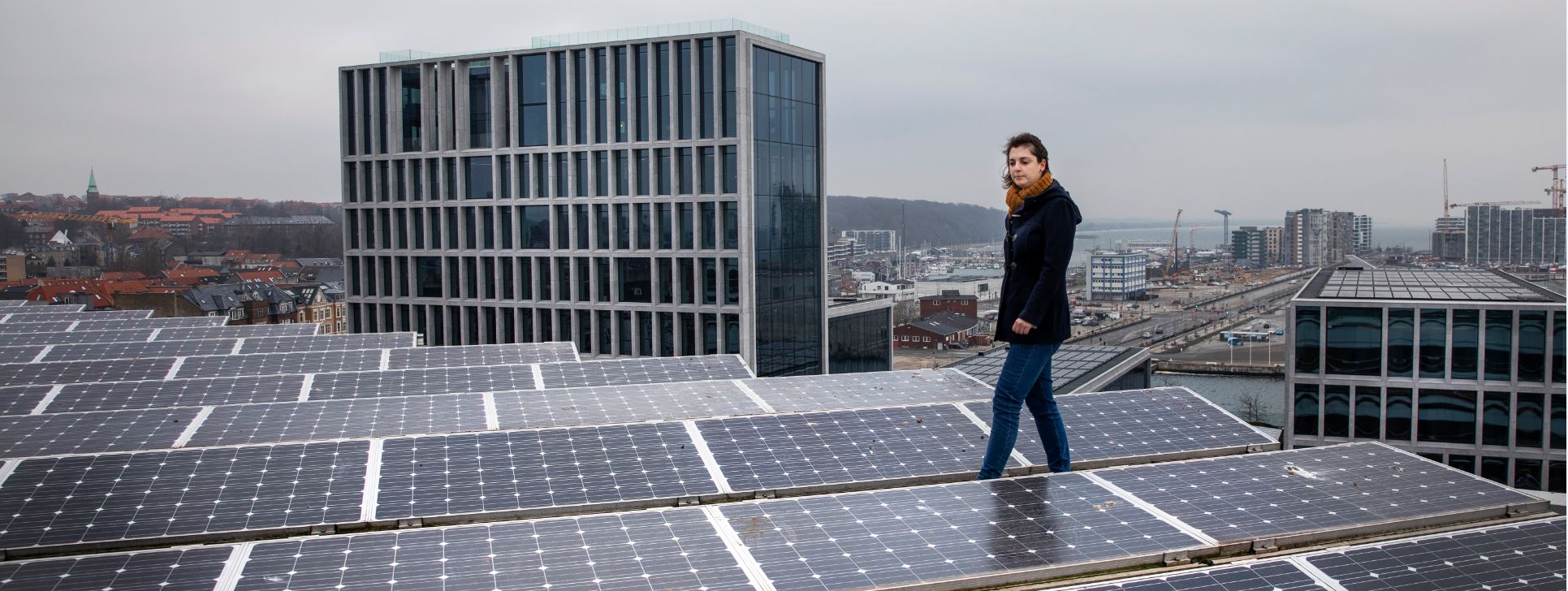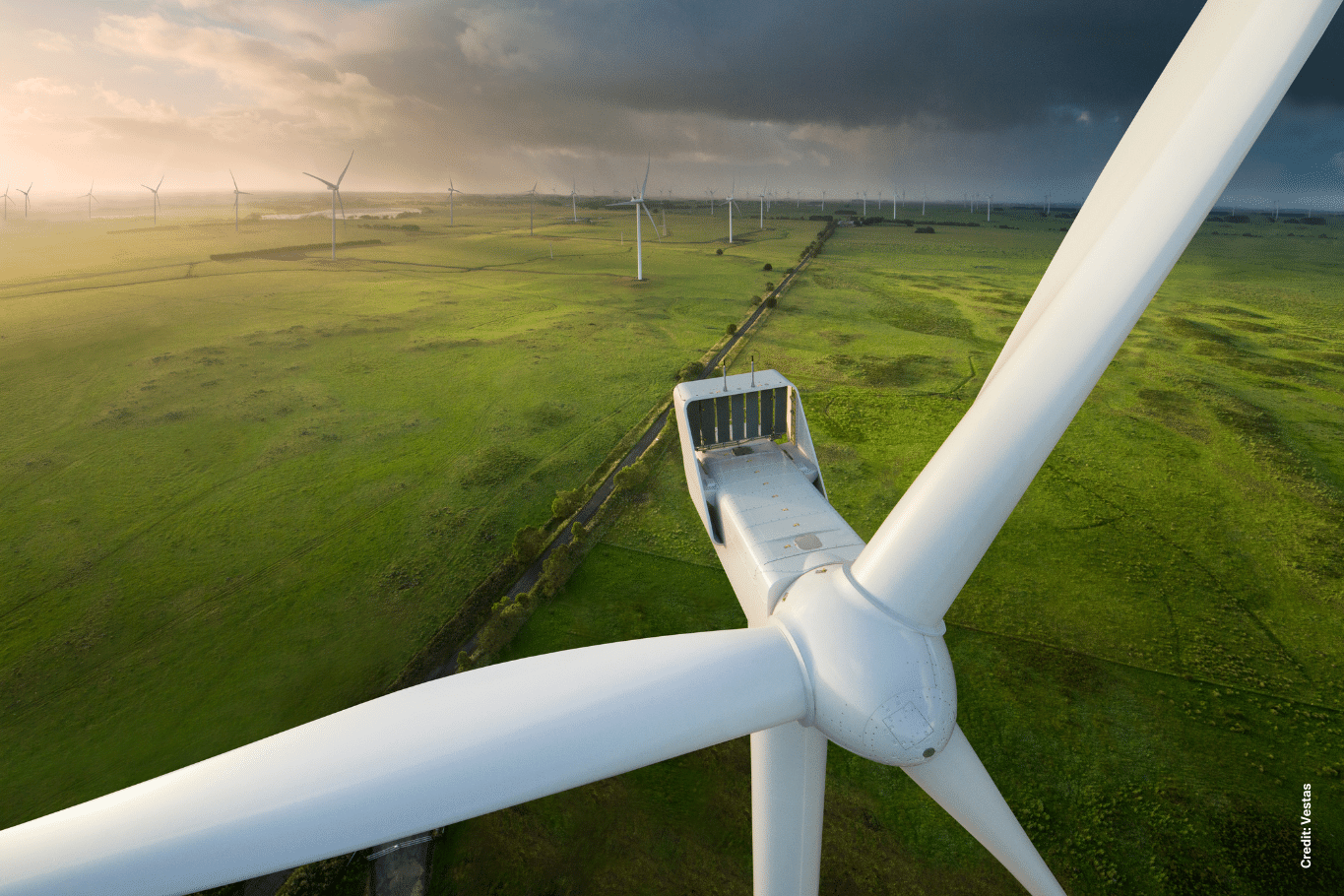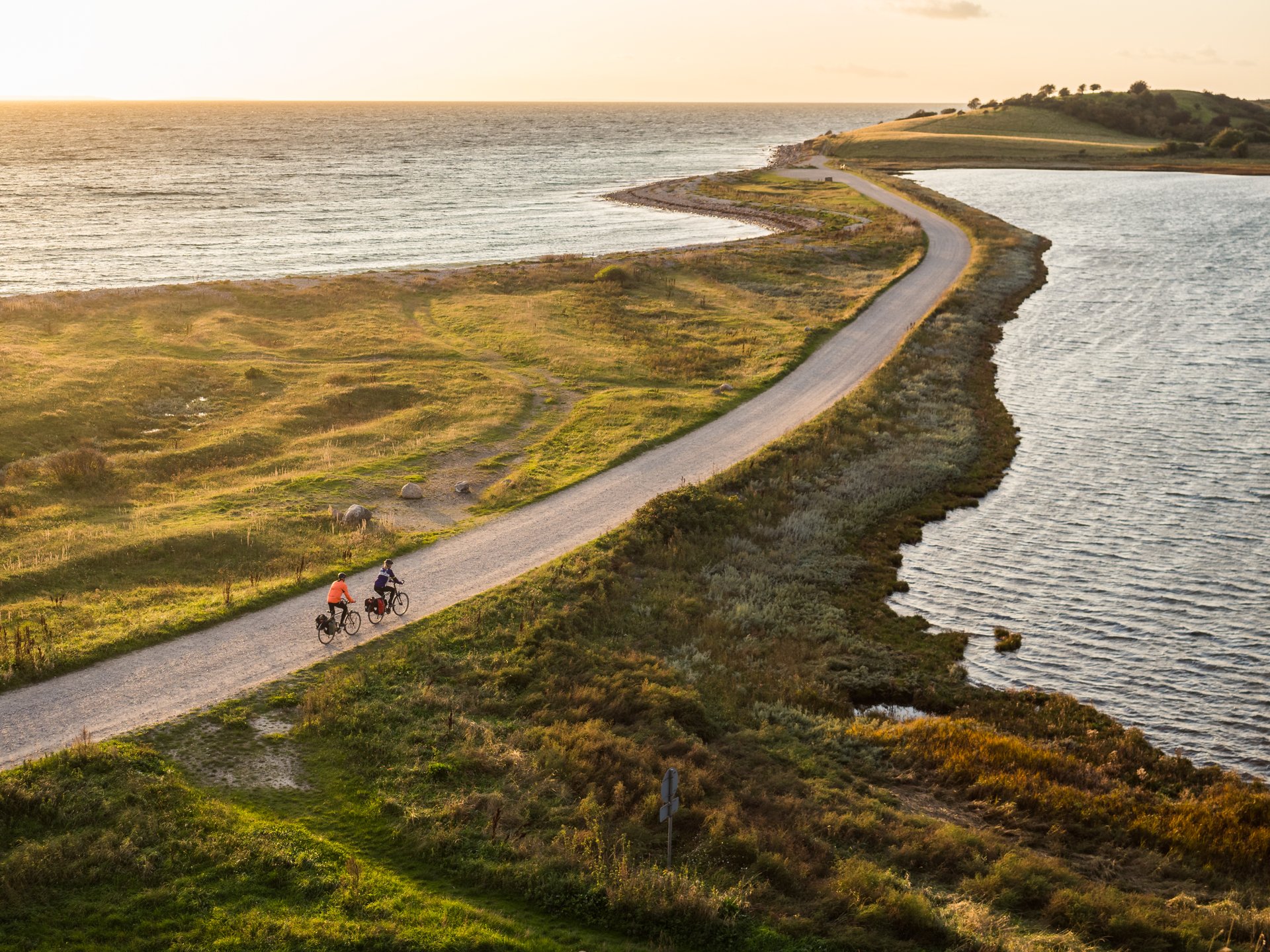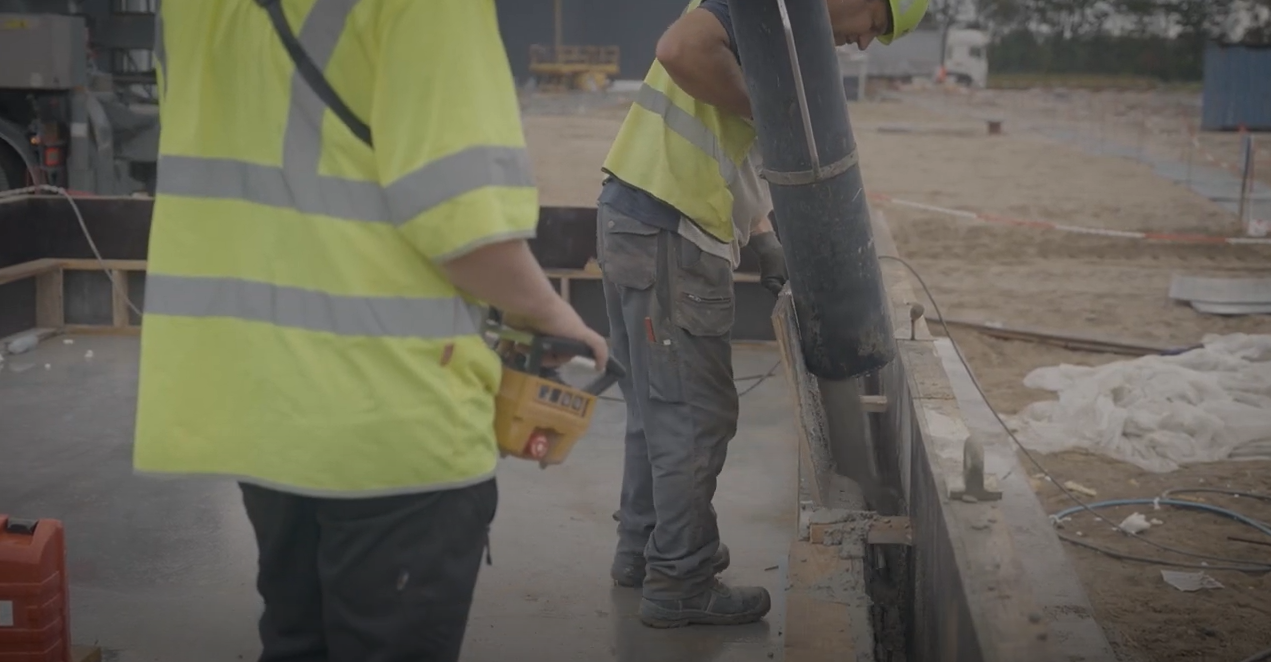News
Photovoltaics
African Refugee Camp Tests Danish Solar Cell Concept


In Sub-Saharan Africa, 7 out of 10 people do not have access to electricity. Without power, you have the choice of either going to bed when the sun sets - or spend around eight dollars a month to get light and power for charging batteries and cell phones. Kerosene lamps is a third option that many people choose to get light.
Now, the Danish award winning company M-Payg, in collaboration with the Danish NGO DanChurchAid, will test a solar cell solution in and around the major refugee camp Bidibidi in Uganda. The camp houses more than 270,000 refugees from South Sudan, and the energy demand is high, but the infrastructure and access to sustainable energy solutions are very limited.
-Related news: Solar Cells Make Greenland Even Greener
A new business model
In Bidibidi, M-Payg will test a business model that involves leasing small solar cell systems to poor families through a leasing agreement that is cheaper than the eight dollars many African families spend on energy.
The leasers pay five dollars via their mobile phone and will in turn have free usage. After three years, they have bought out the system and own it themselves.
-We already have experience with distributing cash to refugees via mobile phones and e-vouchers, and we would like to test a business model that offers relevant products at a price people can afford. Especially because cooperation with M-Payg completely matches our vision to work for sustainable and climate-friendly solutions, says Jonas Nøddekær, Development Director of DanChurchAid.
Killing two birds with one stone
It has been found that the solar cell system can radically change a family's everyday life. The children can do their homework after dark now, women have more time for work in the household and experience shows that merchants can increase sales if they have light in their shops.
-Related news: Solar Season in Denmark Marks Debut of a Globally-Unique Concentrated Solar Power System
-We are very excited to test the solar cell system and the business model in Bidibidi. Initially, we are thinking of targeting the offer to businessmen, e.g. at the Ugandan and South Sudan merchants who sell goods to refugees for whom we provide emergency relief to. If we can both give refugees purchasing power and help the merchant to increase their turnover, we have killed two birds with one stone, says Karin Elisabeth Lind, Country Director of Uganda DanChurchAid.
M-Payg has previously provided a similar solution for households for a part of Tanzania's rural population.
Source: Energy Supply
You should consider reading
solutions
Carbon capture, storage and utilisation
+13















